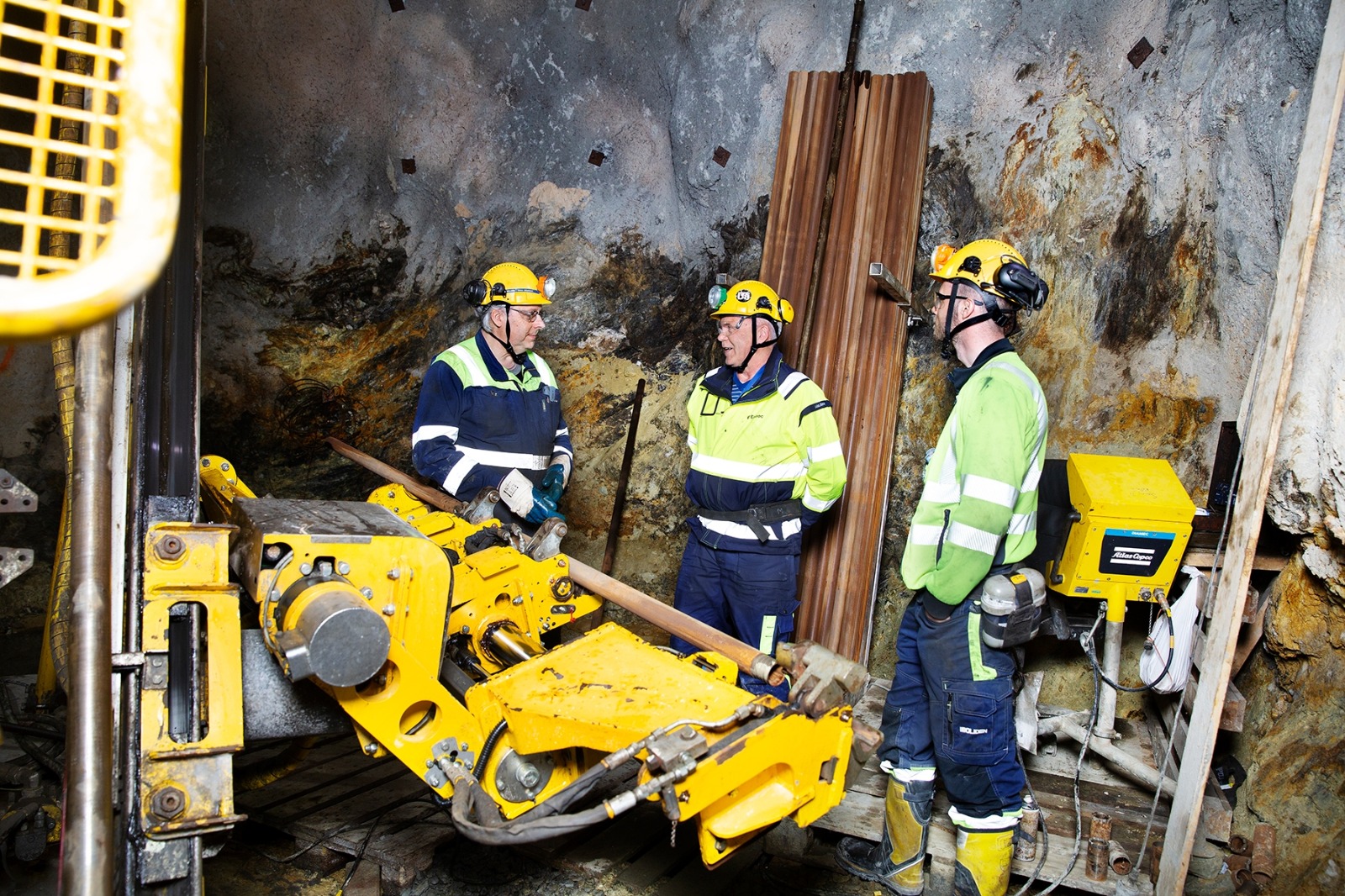In the realm of construction and mining, innovation is key to unlocking new possibilities and improving efficiency. One such innovation that has significantly revolutionized these industries is the diamond drill.
Diamond drills have emerged as powerful tools capable of breaking through the toughest materials with precision and speed, thereby reshaping the landscape of construction and mining practices worldwide.
This article explores the transformative impact of diamond drills, their applications, and the future trends shaping their continued evolution.
The Evolution of Diamond Drills
Diamond drilling, initially developed in the late 19th century, has evolved significantly over time. The earliest diamond drills utilized natural diamonds as cutting elements, but with advancements in technology, synthetic diamonds emerged as the preferred choice due to their superior hardness and consistency.
These synthetic diamonds, often integrated into drill bits, are engineered to withstand high temperatures and pressures encountered during drilling operations, ensuring durability and efficiency.
Modern diamond drills incorporate sophisticated designs and features to optimize performance. They leverage hydraulic systems, computerized controls, and advanced materials to enhance drilling speed, accuracy, and safety.
Additionally, innovations such as coring systems enable precise extraction of core samples for geological analysis in mining and construction projects.
Applications in Construction
Diamond drills play a pivotal role in various construction activities, offering unparalleled precision and versatility. One of their primary applications is in the installation of utility infrastructure such as water pipes, electrical conduits, and telecommunications cables.
Diamond drills can penetrate concrete, asphalt, and other hard materials with minimal disruption to surrounding structures, making them ideal for urban environments where space is limited.
In addition to traditional construction applications, diamond drills are increasingly employed in emerging fields such as green building and sustainable infrastructure.
They facilitate the installation of solar panels, geothermal heating systems, and other renewable energy technologies by drilling precise holes for support structures and conduits, contributing to the advancement of eco-friendly building practices.
Applications in Mining
Diamond drilling has revolutionized the mining industry by enabling efficient exploration, resource delineation, and ore extraction processes. In mineral exploration, diamond drills are used to collect core samples from underground deposits, providing valuable geological data for assessing the viability of mining projects. These core samples undergo detailed analysis to determine the composition, grade, and size of mineral deposits, guiding investment decisions and operational planning.
Furthermore, diamond drilling plays a crucial role in mine development and production activities. It facilitates the construction of shafts, tunnels, and access ramps for underground mines, allowing for safe and efficient extraction of minerals. Diamond drills are also utilized in blast hole drilling, a process essential for fragmentation and excavation of ore bodies during open-pit mining operations.
Moreover, advancements in diamond drilling technology have led to the development of innovative mining techniques such as directional drilling and in-seam drilling. These techniques enable precise targeting of mineral deposits and extraction of resources from challenging geological formations, enhancing productivity and resource recovery rates in mining operations.
Future Trends and Innovations
Looking ahead, the future of diamond drilling in construction and mining is characterized by ongoing technological advancements and innovation. Key trends shaping the industry include:
Automation and Robotics:
The integration of automation and robotics into diamond drilling systems is expected to enhance productivity, safety, and precision in construction and mining operations.
Automated drilling rigs equipped with artificial intelligence and remote monitoring capabilities will enable autonomous drilling activities, reducing human intervention and operational risks.
Sustainability and Environmental Stewardship:
There is a growing emphasis on developing sustainable drilling solutions that minimize environmental impact and promote responsible resource extraction practices.
Innovations in drilling fluids, waste management systems, and energy-efficient drilling technologies will contribute to reducing carbon footprint and preserving natural ecosystems.
Digitalization and Data Analytics:
The adoption of digitalization and data analytics tools will revolutionize how drilling data is collected, analyzed, and utilized in construction and mining activities.
Real-time monitoring systems, augmented reality interfaces, and predictive analytics algorithms will enable proactive decision-making, optimize drilling processes, and improve overall operational efficiency.
Material Science and Engineering:
Advances in material science and engineering will drive the development of next-generation diamond drilling tools and accessories with enhanced durability, wear resistance, and cutting performance.
Nanotechnology-enabled coatings, composite materials, and 3D-printed components will further improve the reliability and longevity of diamond drill bits, reducing maintenance costs and downtime.
Conclusion
Diamond drills have emerged as indispensable tools in construction and mining, revolutionizing traditional practices and unlocking new possibilities for exploration, development, and resource extraction.
Their precision, versatility, and durability make them essential assets in various applications, ranging from infrastructure development to mineral exploration and extraction.
As technological advancements continue to drive innovation in diamond drilling, the industry is poised to address emerging challenges and opportunities, shaping the future of construction and mining worldwide.



